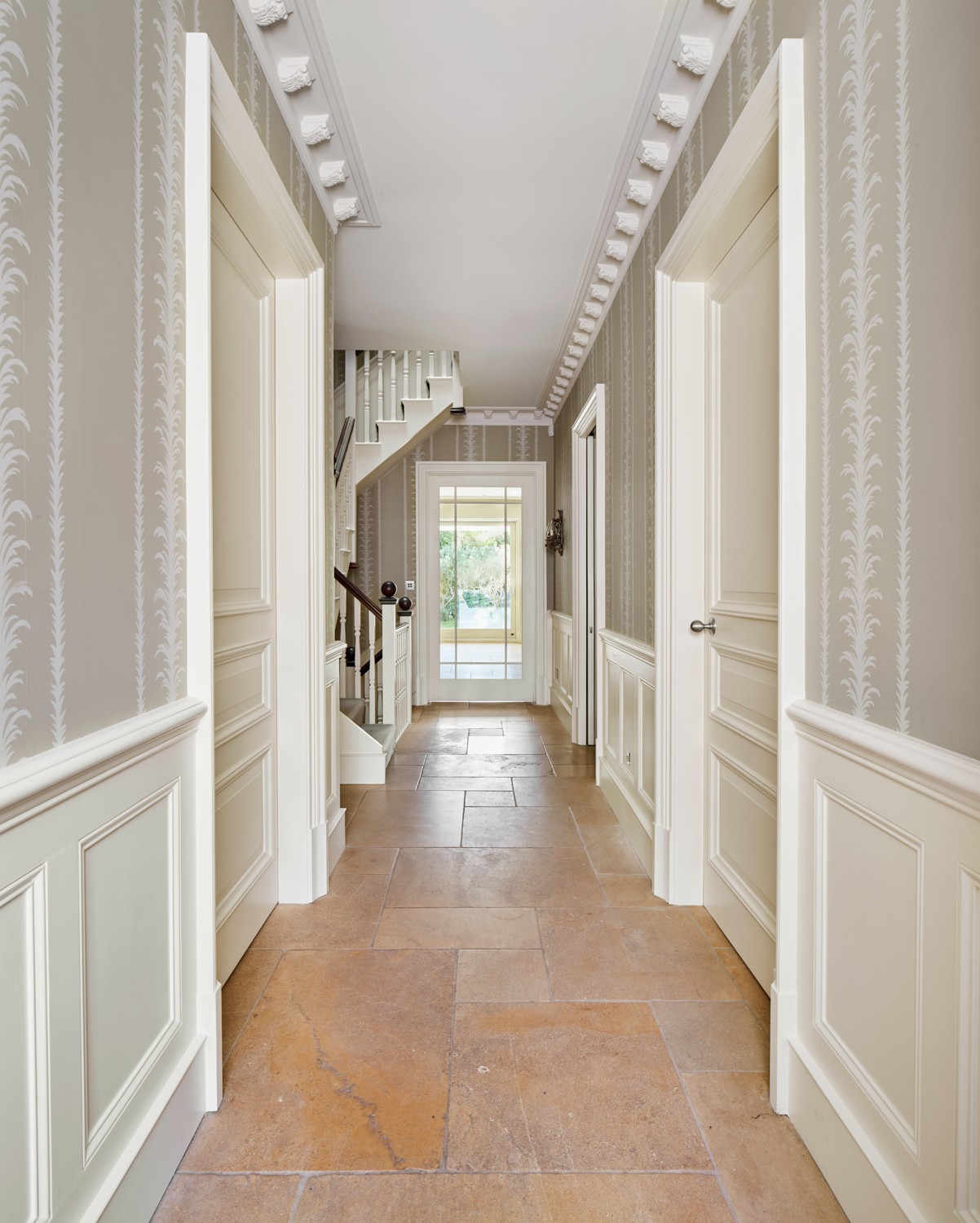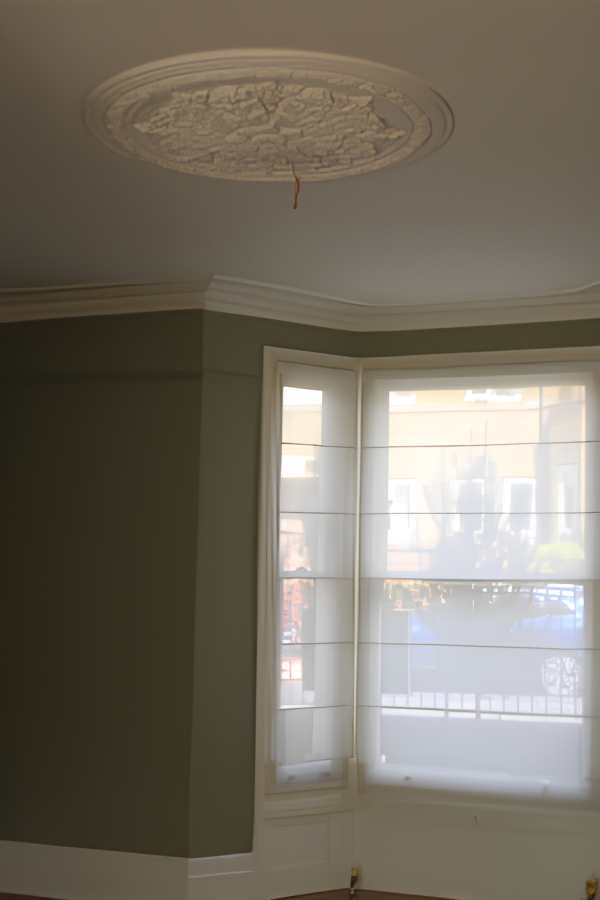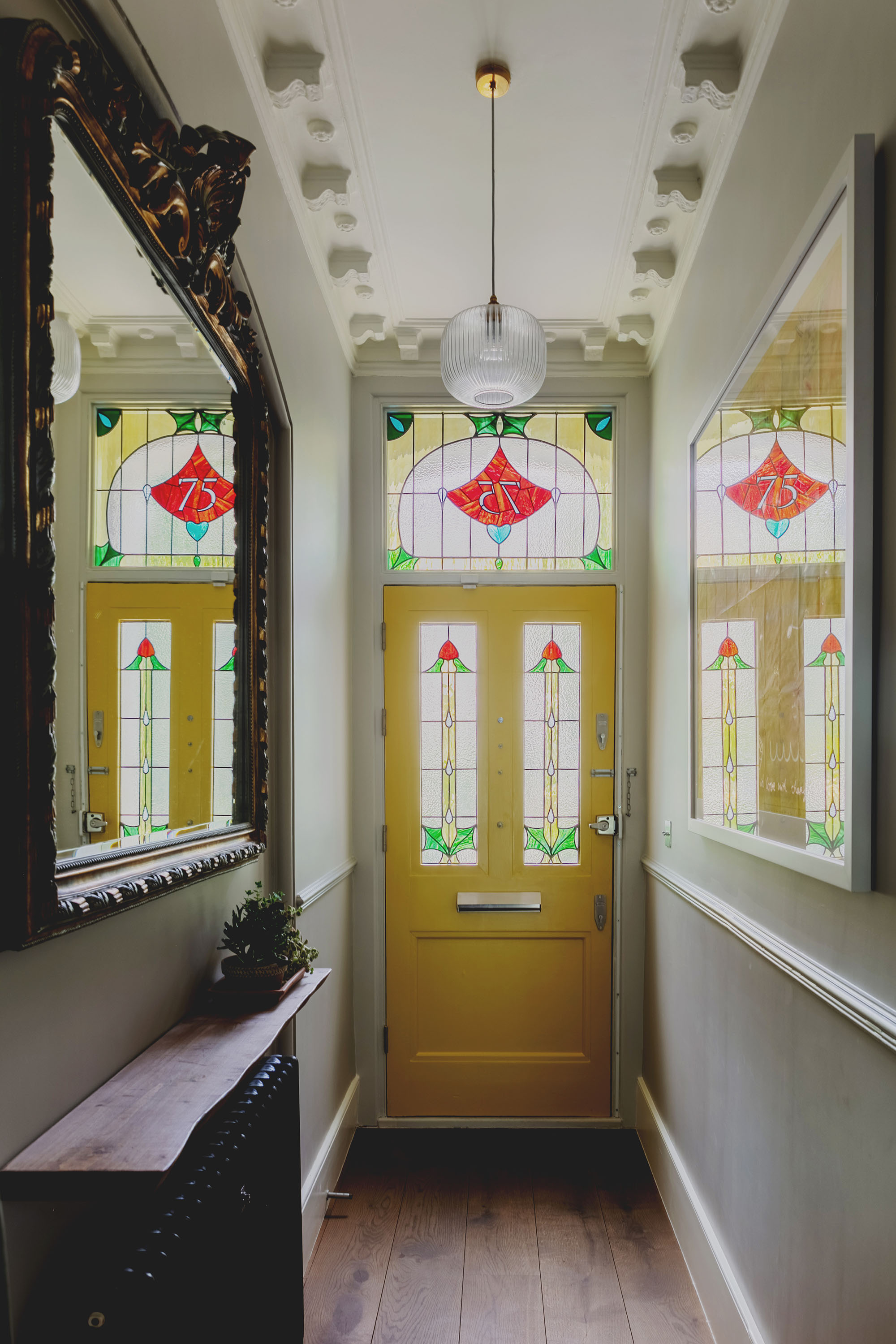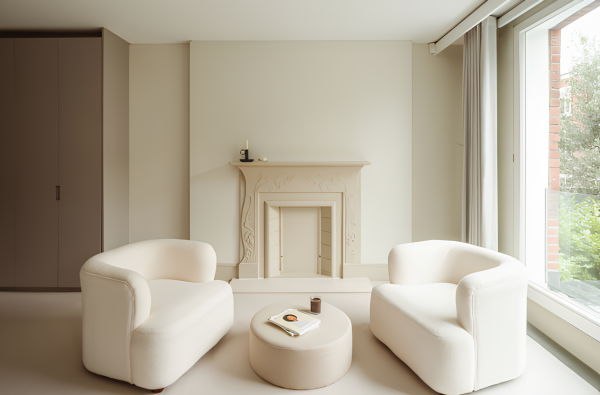Renovating a Period Property? What to Do With Original Features
When refurbishing an old property, a dilemma that will almost certainly come up in some shape or form is what to do about the original features.
Original features include fireplaces, cornices, ceiling roses, banisters, spindles, doors, even architraves and skirting boards.
In this article we’ll explore the various elements individually and see if there’s a happy middle ground, allowing you to modernise your property whilst at the same time preserving its history.
Walls & Ceilings

Original features usually sit directly on original walls and ceilings, which means altering one can impact the other.
Often removing an original feature can de-stabilse the old lathe and plaster wall/ ceiling behind it, meaning the lathe and plaster either has to be repaired or - worst case scenario - totally removed and replaced with plasterboard. It is wise to always be mindful of this potential domino effect when making decisions, and it’s impact on timings and budget.
To clarify, lathe and plaster is the way Victorians used to make walls and ceilings, tiny strips of timber with initially a course plaster and then a fine finish plastered onto them. Plaster board is the lighter, quicker alternative now used.
Cornice and ceiling roses

Even if you are just skimming a fresh coat of finish plaster over the original walls and ceilings you are going to start to loose the “lip” at the edge of the cornice to accommodate the thickness of the new plaster (approx. 3mm).
If you are pulling down the ceilings and/or taking the walls back to brick/ joists, then maintaining the cornice becomes very challenging to the point where it could be argued it’s more trouble than it’s worth.
A good workaround is to have a mould taken of the existing cornice before any demolition. This allows you to replicate it accurately and re-install it once the new surfaces are in place – maintaining the original style, even if the cornice itself is new.
The same approach works if you're changing the layout (e.g. knocking through walls): replicate and patch where needed, blending old with new.
If you are keen to keep existing cornice or ceiling roses, but are concerned that after years of re-painting they have lost their definition due to a build up of paint layers, you can strip them back to the original substrate.
There are various products that you can use for this and the results can be stunning - but be aware this can be very time consuming. Additionally, some of the products available to do the stripping are pretty potent so make sure you follow the instructions and use suitable PPE.
It's a good idea to work on a small sample area first (approx. 1m) to see how the process works and how long it takes before committing to an entire room.
Bannisters & Spindles
Banisters can become a source of dilemma when people convert their loft, and in doing so, add another section of staircase to the house. The banister for the new staircase is new, whereas the original banister is old.
Builders will often fit a new rail and hope that with stains and varnishes this can be made to look like the original. Even if the shape can be replicated, they are rarely successful with matching the colour. As with replicating paint in a room from one wall to the next, an “almost” match is not a pretty sight.
If you’re keeping a timber finish, sand everything back to bare wood first. The tones won’t match initially, but using a darker stain or varnish can help disguise the difference. If you're unhappy with the result, you can always paint over it – far easier than stripping paint to revert to varnish later.
Painting the entire banister in a single colour is often the simplest and most effective solution. A bold colour choice (like a deep blue or charcoal) can modernise the look while protecting your woodwork. Apply a couple of coats of decorator’s varnish for extra durability.
As long as you are painting spindles them, matching the new spindles to the old is less of a problem. Many timber yards can custom-make a direct replica of the original spindle if you carefully remove one of the the existing ones to provide them with a sample (be sure to check which places provide this service). Once the new spindles are fitted simply paint both old and new in the same colour.

Doors
Generally speaking, doors become less elaborate the further up you go in a property. I.e the ground floor ones are the ones with the most character and tend to be slightly larger than others.
One of the big deciding factors with doors is whether they have been dipped at any point.
The problem this presents is that when the doors are dipped, it’s not just the paint that dissolves, it’s often all the various fillers and glues that have been used historically as well.
The consequences of this aren’t always obvious when the door is bare timber. However, as soon as you apply the first coat of paint to the door, all these defects become immediately obvious and are likely to take hours of prep work to make the doors look solid and crack free.
If you would like all your doors to be painted, but some have been dipped and are currently bare wood, it may be more cost efficient to simply buy new doors and replace the original.
One thing to be mindful of is it’s possible that the door and the frame may be a unique size and/or have warped and aged together. Your builder may advise that in order to make the new door fit snugly into the frame, it’s advisable to also change the frame. And so the domino theme returns!

Fireplaces
Few features divide opinion like fireplaces. You’ll either be looking to remove them entirely or trying to find a reclaimed one to install.
The two conversations that involve fireplaces tend to start with either:
“How do we get rid of these fireplaces?”
Or
“Where can we find a reclaimed fireplace?”
Ripping out a fireplace can cause a fair bit of damage to the existing chimney breast, but you are also then left with a large fireplace-shaped hole. Even when you have fixed this problem you still need to ensure you vent the chimney flue to allow air to circulate or you can get damp issues from condensation build up.
A common reason for wanting to get rid of a fireplace is that it’s colour(s) don’t fit with the new intended colour scheme.
There are so many primers available for different surfaces, it’s possible to paint marble and tiles any colour you like, and in doing so instantly transform a clashing fireplace into something that matches your colour scheme whilst maintaining the character and heritage of your property.

Summary
There is no right or wrong decision when it comes to maintaining or removing original features. It’s about understanding the options, the desired outcomes and consequences and then making a balanced decision that works for you.
It's about being clear on the logistical and potential cost implications of your choices, and giving yourself the best possible chance of avoiding confusion and nasty surprises.
If you are looking for a decorating company to sympathetically restore the original features in your home, then please get in touch. We would be delighted to hear from you.